Buying Guide for Fishing Rods
The following guide provides information on finding the right fishing pole, regardless of experience level. It analyzes the main characteristics that should be taken into consideration when making a selection, offering clear information to help fishing enthusiasts choose the appropriate equipment for their needs and preferences.

Rod Length (Extended - Closed)
Extended refers to the total length of the rod when fully extended and ready for use, as opposed to closed length, which refers to when it is collapsed or broken down into sections.
- Extended Length: The length of the rod affects casting distance and accuracy. A longer rod provides greater casting distance, ideal for techniques such as Surfcasting and Shore Jigging, while a shorter one is suitable for fishing at close distances and in areas such as rivers and lakes.
- Closed Length: The closed length of the rod affects its portability. Telescopic and multi-piece rods are easier to transport and store.
Improving Performance by Choosing the Right Rod Length
Sensitivity and Feel
The length of the rod affects sensitivity and feel during fishing. A longer rod offers better control of bait movement but is less sensitive to subtle fish movements, while a shorter rod usually provides greater sensitivity and allows for detecting subtle bites.
Preferences and Experience Level
Beginner anglers usually prefer rods with a shorter extended length for better control, while advanced anglers may choose longer rods for improved performance in specific techniques (Surfcasting-Shore Jigging).

Fishing Rods
- Telescopic: They are designed to collapse to a small length as their sections slide into each other. They are chosen by anglers seeking portability and convenience, and are a suitable choice for trips and hiking. Additionally, their affordable price makes them very popular as they do not burden the budget. However, telescopic rods may have reduced durability due to the large number of sections that make them up, while their feel and responsiveness during fishing may not be as sensitive as that of one-piece rods.
- Two-piece / Three-piece: They consist of two or three sections that are connected to each other. The performance they offer is important, providing better feel and power. Despite not being known for their portability, they can be split into pieces and offer ease of transport. Additionally, they have fewer weak points compared to telescopic rods, offering greater stability. Finally, their connections may be vulnerable and affect their feel and durability.
- One-piece: They consist of a single section, without connections, creating a durable body. Overall, they offer the best feel and responsiveness during fishing and are suitable for large and powerful fish. However, there is difficulty in transportation due to their length and higher cost compared to other types.

The Role of Casting Weight
Refers to the weight of the bait that can be effectively cast by the rod and is determined from 10 to 50 grams. For example, a rod with a casting weight of 20-50g is suitable for fishing with baits weighing between 20 and 50g. In summary, it affects the distance and accuracy of casts and the type of fish you are targeting.
Casting Weight Categories
- Light: 1-15 grams: Light artificial baits, suitable for small fish such as seabream and mullets.
- Medium: 15-40 grams: For larger artificial and medium-sized baits, suitable for medium fish such as bream and bass.
- Heavy: 40-100+ grams: For heavy baits and large live baits, suitable for large predatory fish such as barracudas and tunas.
How Casting Weight Affects Rod Selection?
- Fishing Environment: In shores and rocks, you need a wide casting weight to adapt to the conditions. On a boat, a smaller casting weight can be used for better control. In rivers and lakes, lighter casting weight offers better responsiveness and accuracy.
- Rod Type: Telescopic rods are usually suitable for light to medium casting weight, while two-piece rods offer a good balance between portability and performance. Three-piece rods support a wider range of casting weight, providing good portability and durability. On the other hand, one-piece rods are suitable for heavy casting weight, offering the best performance and durability.
- Sensitivity and Response: A rod with light casting weight provides higher sensitivity, ideal for detecting subtle bites. On the contrary, a rod with heavy casting weight provides greater power and performance for catching large fish.

The Importance of Construction Material
The construction material determines both the durability and comfort during use. Below are the basic construction materials and how they affect the choice of fishing rod.
1. Carbon: It is lightweight with high sensitivity, great strength, and high responsiveness during fishing techniques. It offers excellent feel and bite detection, making it ideal for techniques that require fine sensitivity and precision, such as Spinning and Apiko. Overall, it provides comfort, especially during long fishing sessions, but it is relatively fragile as a material and can be more expensive in cost.
2. Graphite: It is lightweight to medium-weight and offers good sensitivity. It provides balanced feel and performance in fishing. It is resistant to wear and tear, making it suitable for various fishing techniques. However, it does not offer sensitivity and responsiveness and is a relatively expensive material.
3. Fiberglass: It is heavy and provides stability during use. Its durability helps beginners and is suitable for using heavy lures at long casting distances. It is economical, making it affordable for many anglers. However, its weight can be tiring, and reduced sensitivity can affect accuracy during fishing.
4. Composite Materials: They showcase an interesting combination of the properties of fiberglass and carbon or graphite. With a good balance between weight and strength, they offer the advantages of both materials, being durable and flexible, suitable for various fishing techniques. Good sensitivity and resistance to wear make them ideal for use in various fishing conditions. However, they can be more expensive and may not provide the ultimate sensitivity that carbon offers.

Weight Selection
The weight of the fishing rod refers to its total weight without the presence of accessories, and it is naturally influenced by the construction material, length, and type of the rod.
How Does Weight Affect Fishing Rod Selection?
Comfort: Lightweight rods offer greater comfort and freedom of movement during long fishing sessions, reducing hand and wrist fatigue.
Sensitivity and Accuracy: Lightweight rods are sensitive and provide good response to the angler's movements, helping detect subtle bites and allowing the use of techniques that require high sensitivity, such as finesse fishing.
Durability and Performance: Heavy rods offer stability and strength during fishing, are less sensitive to extreme weather conditions, and provide a better user experience for beginners.

Fishing Rod Sections
The sections of a fishing rod refer to the number of individual parts that make up the rod. It should not be confused with the type of rod (telescopic, one-piece, two-piece, etc.) as this characteristic refers to the general structure and function of the rod, while the sections are the distinct parts that make up the whole, regardless of the type.
For example, a telescopic rod may have sections that extend or compress, while a one-piece rod may consist of a single section. The number of sections affects the overall structure and sensitivity of the rod. Usually, a rod with more sections is more flexible and can offer greater accuracy, while a rod with fewer sections may have greater strength and stability.

Number of Guides
This refers to the number of rings used to guide the line through the rod during casting and retrieve. They are usually made of ceramic or aluminum as they help reduce friction and pressure on the line while fishing.
Rods with multiple guides (6 to 10 depending on the length of the rod) usually offer better performance and reduce friction during casting and retrieving the line, while adding more can increase the weight of the rod and its cost. On the other hand, fewer guides (1 to 5 depending on the length of the rod) offer better sensitivity to the rod, but may lose in performance.

Action (Δράση)
Action refers to the flexibility dimension of the fishing rod during fishing, which affects how it handles pressure from the fish and responds to the angler's movements.
The basic types are as follows:
Slow Action (Αργή Αντίδραση): The rod bends and flexes throughout its length when pressure is applied. It provides greater sensitivity and is more flexible for casting small lures, ideal for light fishing.
Medium Action (Μεσαία Αντίδραση): The rod bends and flexes towards the tip in the center of the rod. It offers a balanced response, making it ideal for a variety of fishing techniques, from light to medium weight.
Fast Action (Γρήγορη Αντίδραση): The rod only bends and flexes near the tip, close to the tip. It provides less sensitivity but more power and casting performance, suitable for large fish and for use in open waters.
Super Fast Action (Υπέρ Γρήγορη Αντίδραση): The rod bends very close to the tip. It offers minimal sensitivity at the base but exceptional power and casting performance. It is used for highly precise and fast techniques, such as Jigging, and in environments with dense vegetation.
Heavy Action (Βαριά Αντίδραση): The rod bends and flexes significantly in the base area, close to the handle. It is a strong rod that does not easily bend and has resistance. Suitable for fishing with large baits or fishing in areas with dense vegetation.

Fishing Reels
The following characteristics are basic parts of the reel equipment and affect the choice of the appropriate fishing rod.
Size (Capacity): Usually expressed in meters (m) or millimeters (mm). The larger the spool, the balance and strength of the fishing rod are affected.
Construction Material: Made of durable materials such as aluminum or graphite, which offer strength and lightweight.
Drag System: Allows control of the tension of the line during casting and represents the brake power during the battle with the fish. Usually expressed in pounds (lbs) or kilograms (kg).
Number of Ball Bearings: Refers to the number of bearings equipped in the reel. More bearings usually mean smoother operation and greater durability as they facilitate the movement of the central axis. For example, it may have 5+1 bearings, where the "+1" refers to an anti-reverse bearing.
Gear Ratio: The transmission ratio is usually expressed as a number, such as 5.2:1. This means that for every rotation of the handle, the reel spool makes 5.2 rotations. High gear ratios are close to 7.0:1 and above, while low ratios are below 5.0:1.
Table of Recommended Features for Fishing Techniques

Fishing Techniques
The technique of Surf Casting, which is used for fishing from the shore at distant points, requires long and durable fishing rods that have sufficient hardness to withstand the casting requirements. Similarly, the technique of Jigging, which focuses on controlling the artificial bait on the seabed, requires shorter and more flexible fishing rods in order to provide the necessary accuracy and flexibility during fishing.
Each fishing technique requires specific characteristics from the fishing rod as discussed above, and they affect the performance and achievement of the fisherman's goals. The following table is an attempt to compile all the points that can guide a fisherman in purchasing a fishing rod according to various fishing techniques.
Recommended Features of Fishing Rods for Fishing Techniques

#SkroutzTips
- Before deciding on a fishing rod, it is important to first determine the fishing technique you want to apply and the types of fish you are targeting.
- It is important to carefully compare different models and brands before making a choice. Seek advice even from experienced fishermen who can suggest the appropriate features.
- A rod holder provides organization, ensuring easy access and protection from damage while the case offers security during transportation and fishing.
- Make sure you have the appropriate bait, lines, and fishing gear for your fishing rod.
- Remember that choosing a fishing rod is personal and depends on individual preferences and needs. Choose the one that makes you feel comfortable and confident.













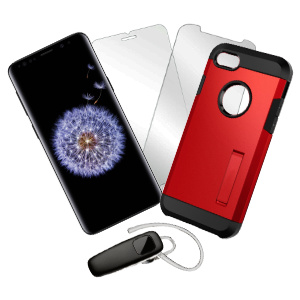

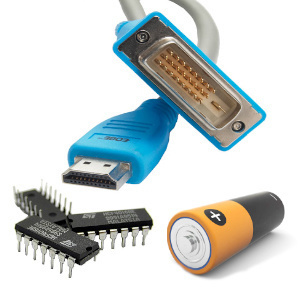
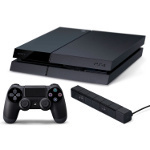
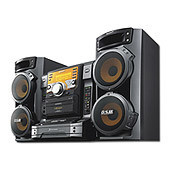
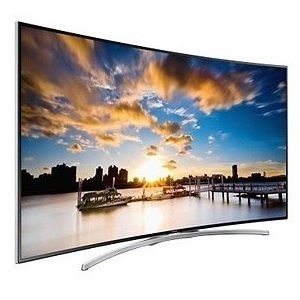
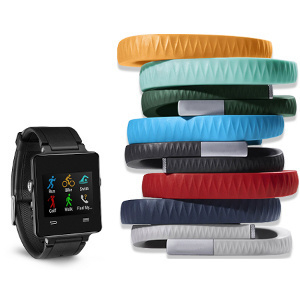
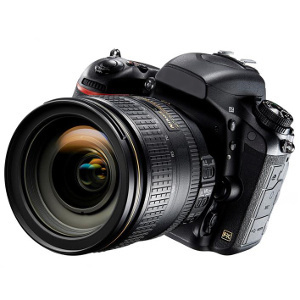
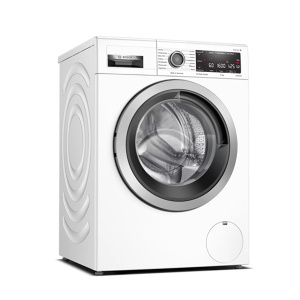
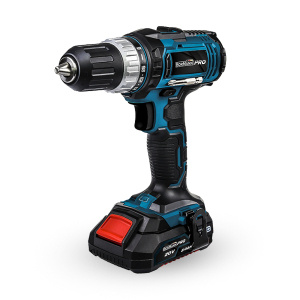
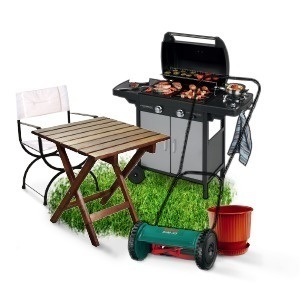


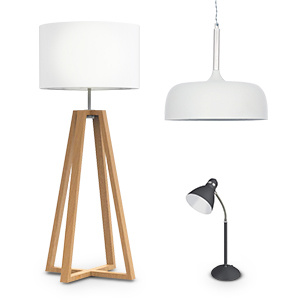
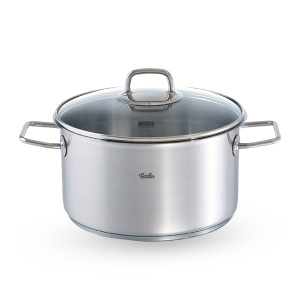


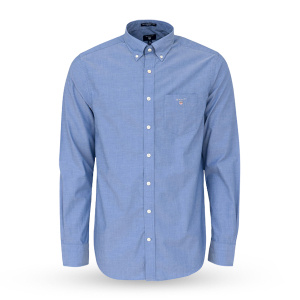
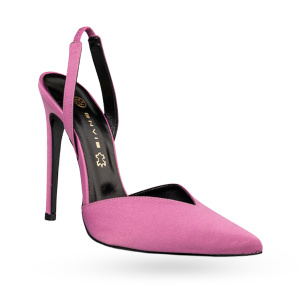
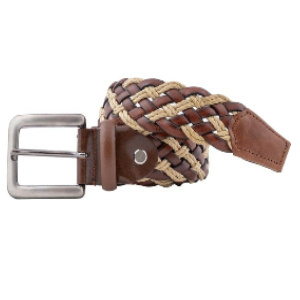

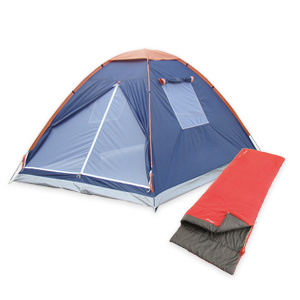



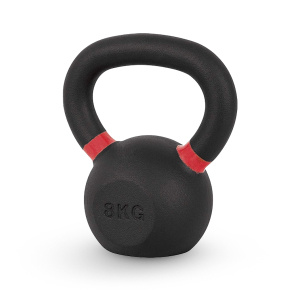
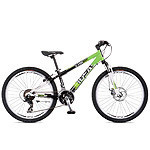

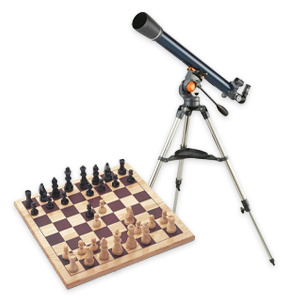


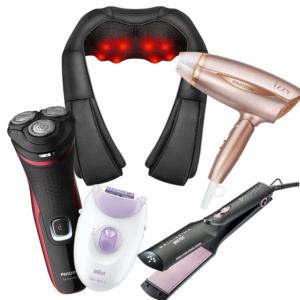
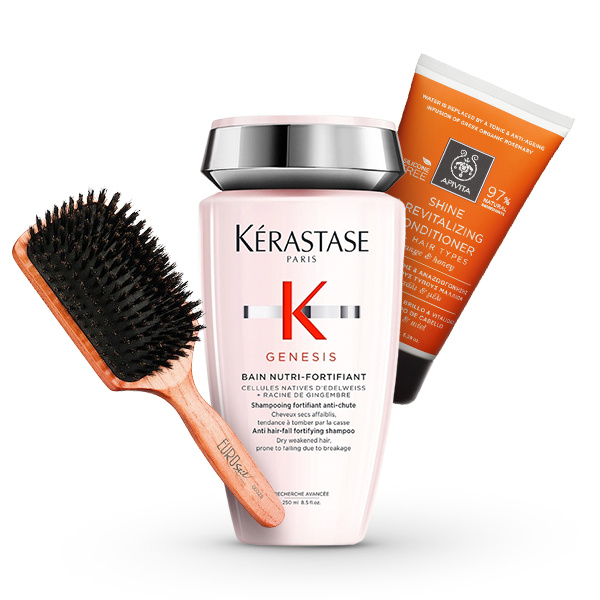






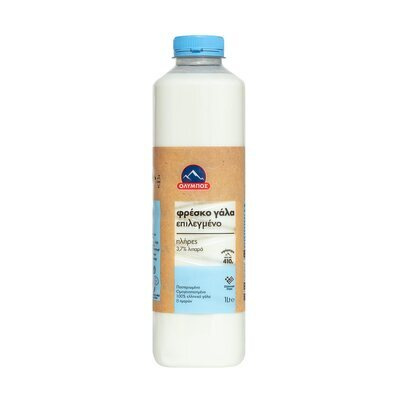


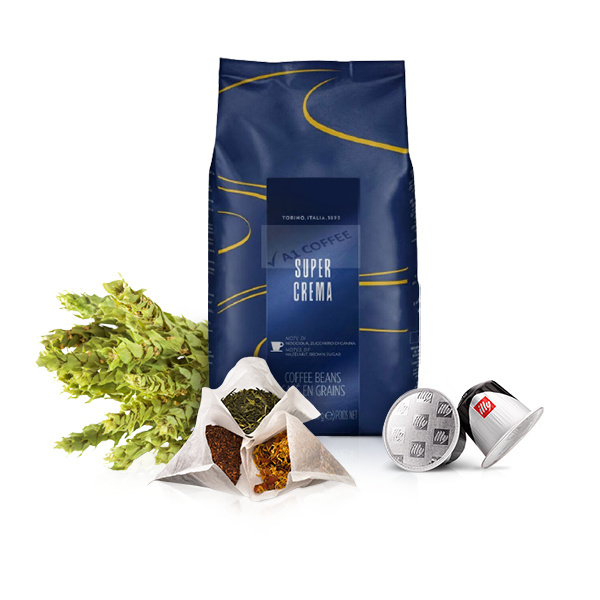



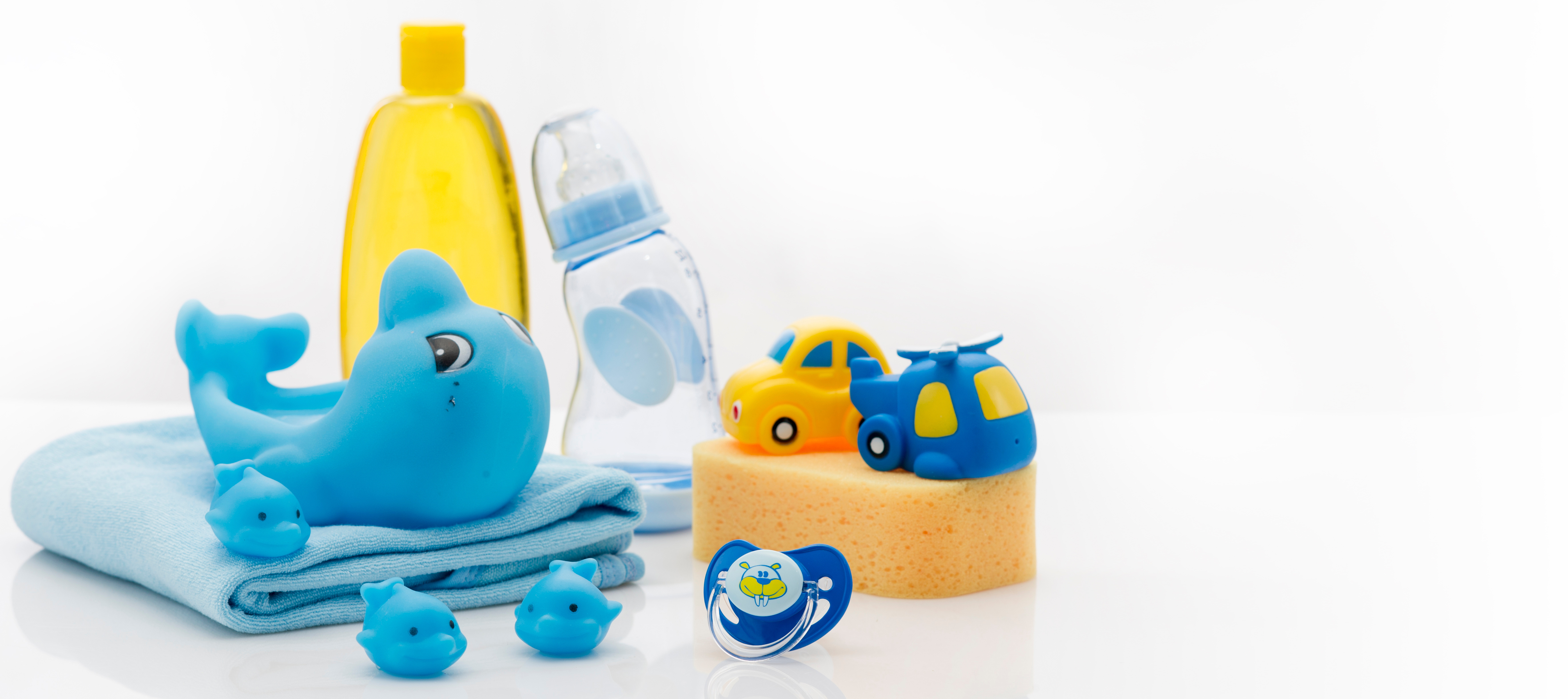
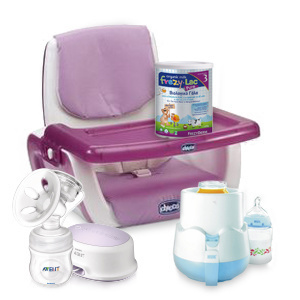
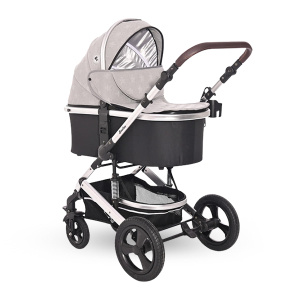

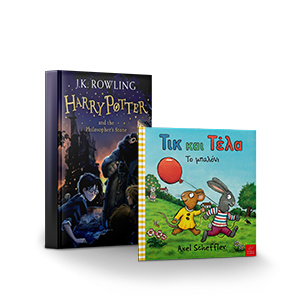


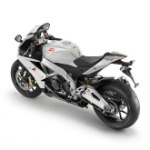


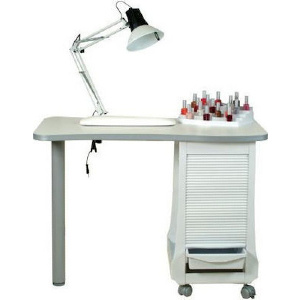
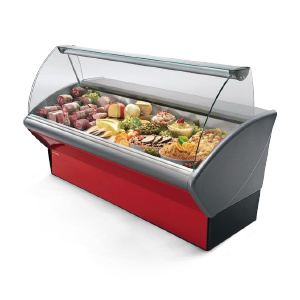

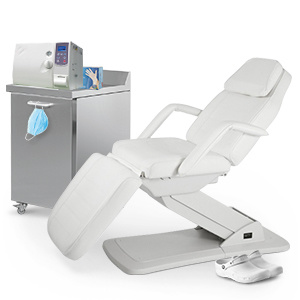
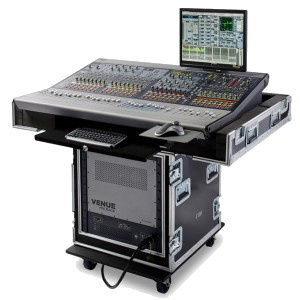









Be the first to leave a comment!